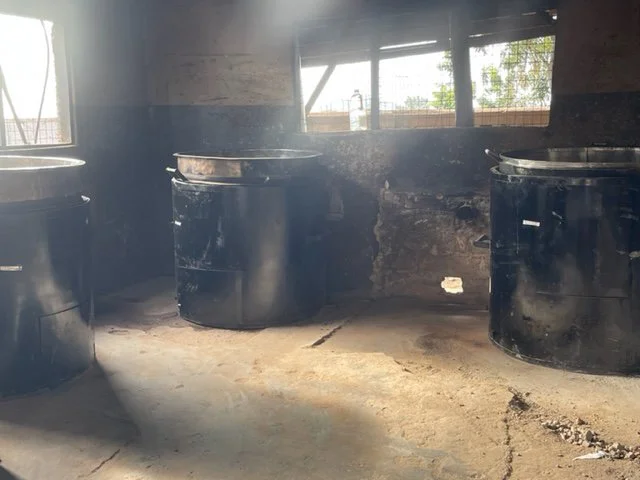Schools face tremendous challenges when purchasing firewood. As we thrived with our participating schools in achieving their firewood savings with their new IICS, we realised these savings could also be increased if schools could be educated to raise their quality standards: that is the firewood they purchase.
Simoshi is a service provider. Its strong relationships of trust built with schools through monitoring, on-going staff training and free annual IICS maintenance, are the added on value and innovative project pillars necessary for the behavioural transition to happen. The cooking sector currently educates the audience with simple messages, and has focused to date on consumer based financing, economic fuel savings and technology efficiency as the sole motivators for change. Nevertheless, service production and consumption take place simultaneously non-stop as schools expect to achieve firewood reductions not only at the start when they purchase the IICS, but also throughout its lifetime.
The supply of firewood is entirely made in the informal sector. It is sold wet, and in very large pieces, usually the whole tree trunk is what the school and cooks are left with to handle with their institutional improved cook stoves (IICS). These IICS can accommodate small pieces of wood, and we always train them to ensure the diameter is not bigger than that of your wrist. Nevertheless, schools do not have the correct equipment to split the wood into small pieces, and are left with a simple axe to do the best they can.
This is why we designed the wood splitter with our friend and Engineer Markus Laugner. The cooks don’t need to struggle and suffer when chopping firewood. With the use of this device together with a heavy duty hammer, the work is done faster and much easier, with less force and stress, while smaller sizes can be achieved.






























































